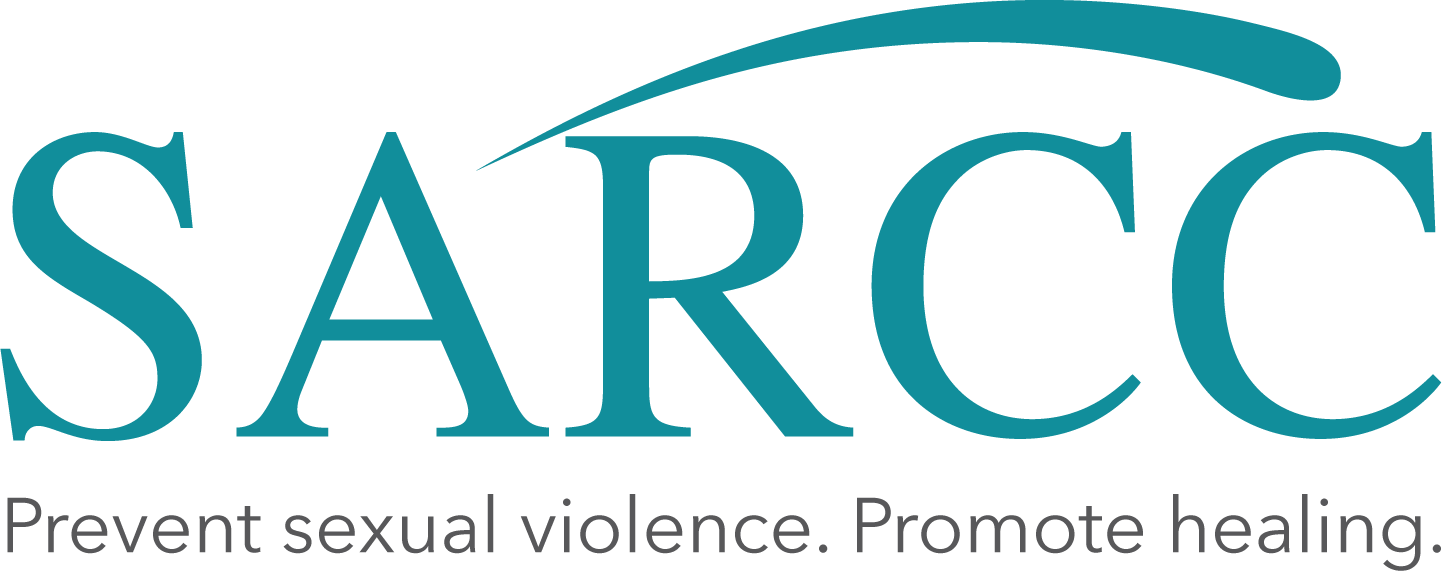Resource of the Week: ‘Alarming Data’ on youth mental health
The CDC recently released nationwide Youth Risk Behavior Survey data, and reported alarming increases in sexual violence, persistent mental health concerns, and suicide since 2017. In our state, the survey is called PAYS, and this is the core data SARCC uses in planning our Communities That Care work through Connected Together. These concerns were particularly related to teen girls and LGBTQ+ identified youth. An excerpt from the takeaways is shown here:
- Teen girls: The report indicated 57 percent of female students had experienced persistent feelings of sadness or hopelessness, a rate that is nearly double that of boys, and a nearly 60 percent increase from 2021
- About 30 percent of teen girls had seriously considered attempting suicide during the past year
- The number of teen girls reporting they had experienced sexual violence also increased 20 percent from 2017 to 2021
- LGBQ+ youth: About 52 percent LGBQ+ students reported having poor mental health during the past 30 days
- About 45 percent had seriously considered attempting suicide during the past year
- Overall rates: More than 40 percent of high school students reported feeling so sad or hopeless that they could not engage in their regular activities for at least two weeks during the past year
So why are we seeing these rates, and what can we do about it? Girls and LGBTQ+ individuals are already at higher risk for experiencing multiple forms of violence. The entire world experienced collective trauma during the global pandemic. Adverse experiences beget more adverce experiences. This is a real problem with real structural and personal consequences that we cannot ignore.
Big problems like preventing sexual violence and improving mental health need multilevel approaches that target risk factors and build up protective factors. Getting involved in CTC work that helps our community understand the big problems and builds needed skills is a great way to work in community to find solutions. Interested? Contact our Connected Together Coordinator, Caitlin.


